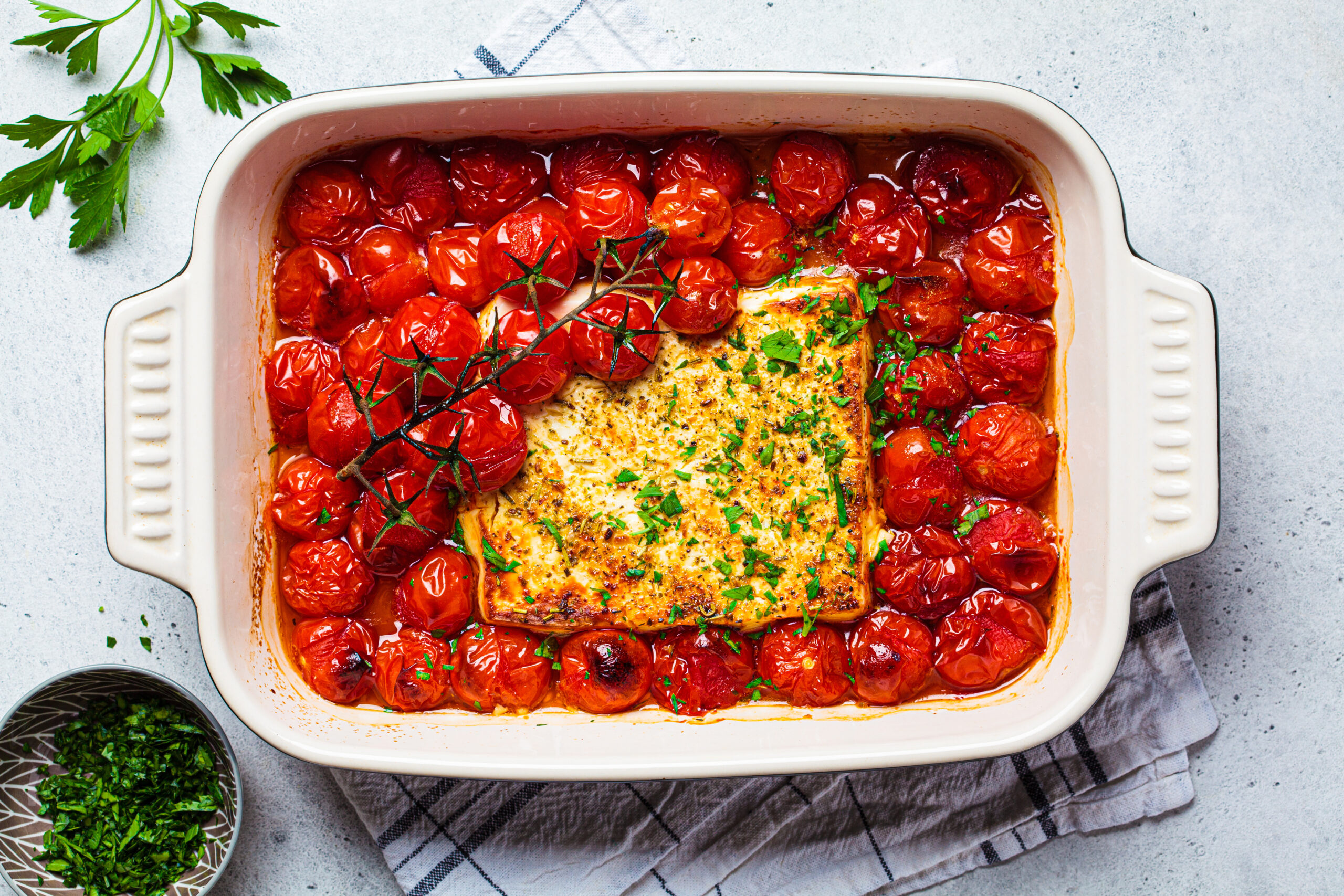Have you noticed your grocery bill going up?
You’re not crazy. Our country saw food prices rise nearly 8% since last year. That’s the largest 12-month increase since 1981!
Shopping for healthy food and keeping the cost down might seem harder this year than last, but with a few shopping tips, you can enjoy healthy, tasty food even if your budget is tight.
Here are 10 tried and true tips to help you keep your diet and budget in check.
1. Build your Budget with Categories
The first step to keeping your grocery bill low is to figure out what budget works for your family and lifestyle. Review your income, expenses, savings, and spending. Then, determine how much money you can comfortably spend on groceries each week.
Next, divide your grocery budget into categories. One easy way to divide your grocery budget and keep your haul healthy is to use food categories within your budget. If you can spend $100 a week on groceries, for example, further divide this money between produce, proteins, healthy fats, complex carbohydrates, and packaged foods.
This step will help you financially prioritize the healthy food categories over packaged foods. Plus, it’ll keep you from blowing half of your month’s grocery budget on guilty pleasures.
2. Get Sales-Savvy
Some stores, like Publix and Aldi, list their current sales online. Check to see whether your grocery store offers this information, and create a menu around the items with slashed prices. For example, if ground chicken is half-off one week, plan on having spaghetti squash with chicken meatballs, chicken lettuce tacos, and chicken burgers.
3. Shop Once a Week
How many times have you popped into the store for “just one thing” and left with a basket full of items? The fewer times you peruse the grocery store the fewer impulse buys will end up in the cart.
You can stick to smart spending by planning your meals ahead of time and creating a grocery list from your meal plan. Make one grocery run each week. This will help you steer clear of the grocery store and its aisles to avoid overbuying.
4. Don’t Fear Frozen and Canned Goods
Did you know that frozen berries have a higher nutritional content than fresh berries? Ice crystals that form when freezing disrupt the structure of berries, making their nutrients more available for us to digest. The nutritional value of veggies isn’t reduced during the freezing or canning process either, making them just as healthy as fresh ones!
Canned and frozen produce is a great pantry staple for the penny wise. These cheap items can help you pack in veggies all year round, regardless of what’s currently in season.
5. Buy in Bulk when the Budget Allows
You don’t need a Sam’s or Costco membership to be a bulk buyer. When you have room in your budget, buy the big bag of potatoes, rice, or beans instead of the smaller serving options.
When your favorite items go on sale, see if you have any wiggle room in the budget to stock up. On cheaper weeks, when you have an extra $20 leftover, put that money towards bulk purchases, like supplements that are on sale, BOGO olive oil, or half-off paper products.
Shelf-stable foods, like canned goods, dried pasta, spices, and oats are great options to buy in bulk. Keep your eye out for sales on foods you can freeze, like meat, berries, grass-fed butter, grated cheese, and nuts.
6. Pass by the Pre-Packaged Foods and Skip the Snack Aisle
One of the best ways to cut the budget is to avoid pre-packaged goods as much as possible. While convenient, if your priority is to keep the cost low, these foods (like pre-chopped fruits and veggies and hard-boiled eggs) tend to be much more expensive than the alternative. If you have the time, stick with the whole sweet potatoes and raw eggs, and prepare these foods at home.
Packaged snacks can also run your budget dry. Rather than throwing your cash at empty calories, skip the snack aisle and spend your money on food that’ll treat you right.
7. Try a Curbside Pick-Up
Not a tip you expected? An extra pick-up fee might be worth the investment if it eliminates impulse purchases, saves you shopping time, and gives you the planning time to find areas to save money.
Creating a list for pick-up will help you quickly compare prices and keep your total within budget. Plus, with the time you would have spent scouring the aisles, you can leisurely prepare your meals for the week.
8. Leverage your Leftovers
Soup is a budgeter’s best friend. If you have extra veggies, grains, beans, or meat leftover at the end of the week, throw them in the slow-cooker. My go-to healthy soup recipe helps me save tons of veggies that would otherwise go bad in the fridge.
Soups, stews, and chilis freeze beautifully and make quick and easy meals for later. Store your soup in one large container for extra meals next week, or split your servings into individual packages for easy, pre-packed lunches.
9. Stick with Simple Recipes
Make a list of the top 10 whole-food meals you and your family love. These recipes will act as the foundation for your healthy menu. Then, add new, easy, and budget-friendly recipes into the rotation as they come your way.
Look out for crock-pot meals, one-pot dinners, and sheet-pan recipes that are packed with protein and produce. These meals are easiest to prep at the beginning of the week and are full of fresh ingredients. Perfect for a pinched budget! Download my free 5 day meal planning guide for more ideas.
10. Forget Perfection
Sure—organic and locally-grown items might not fit in your budget right now, but that doesn’t mean you can’t enjoy healthy, tasty meals. Remember, a homemade meal is much better than fast food any day!
Celebrate the decisions you can make now to give you more energy and boost your health. Whatever our financial situation, our health is best when we strive for progress rather than perfection.
Enjoy Nutritious Foods Without Breaking the Bank
Eating on a budget doesn’t mean you have to sacrifice your health and wellness. These ten tips will help you eat healthy and stick to your goals even when your budget is tighter than those cute compression leggings.
For more practical tips on healthy living and weight loss, hop on my weekly newsletter. If you’re ready to take your health journey to the next level and start seeing real results in weeks, sign up for my next LEAN session today.



